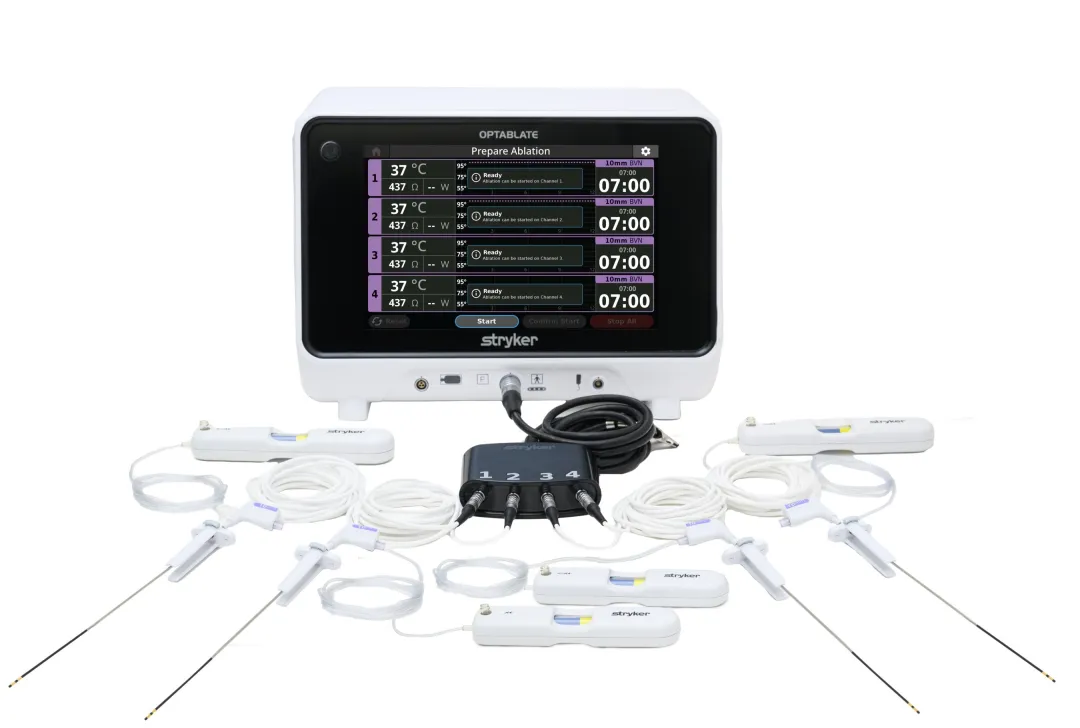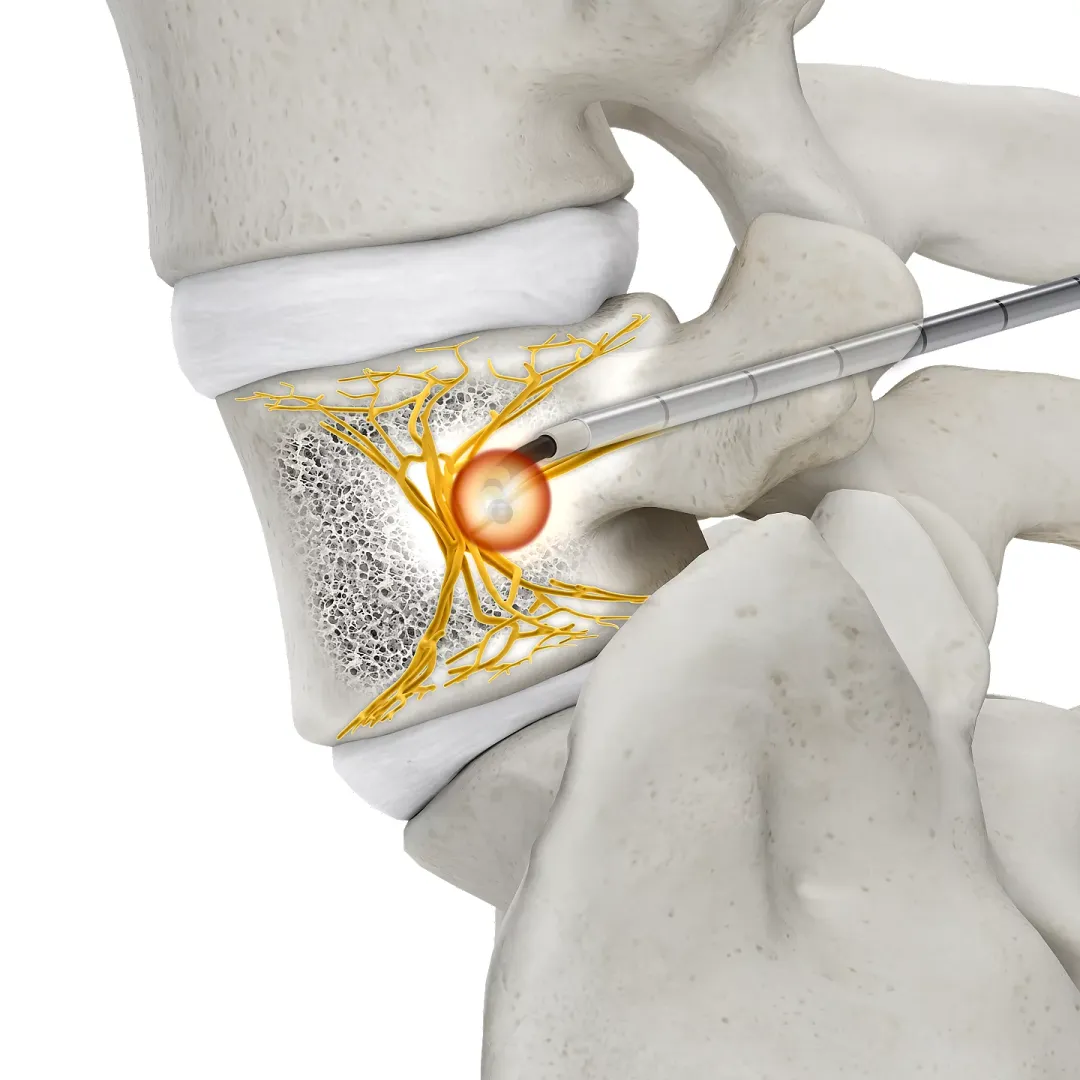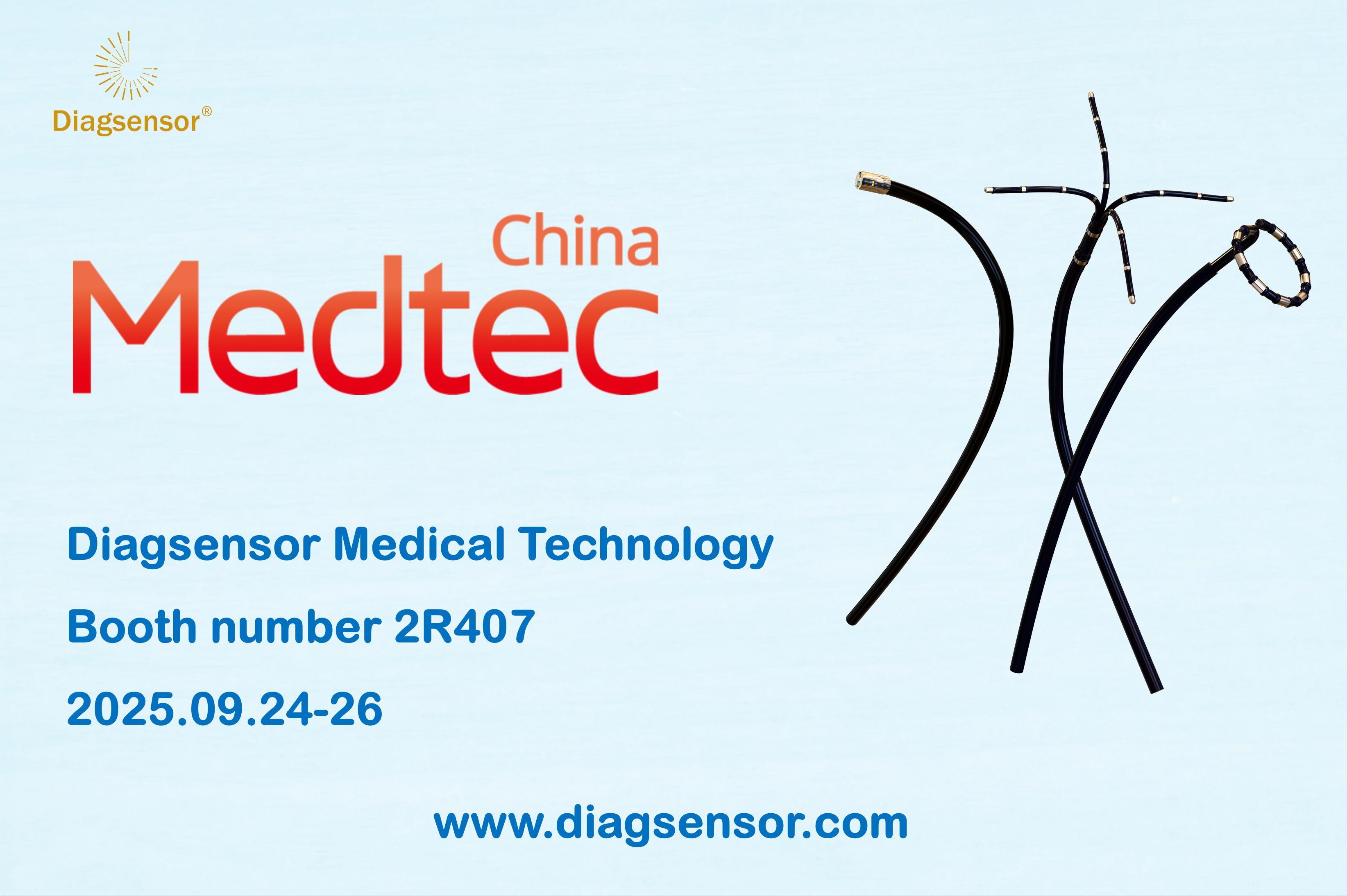OptaBlate BVN: Stryker's Nerve Ablation System Approved for Market by FDA
May 22,2025
Recently, global medical technology giant Stryker announced that its innovative OptaBlate Basivertebral Nerve Ablation System (OptaBlate BVN) has obtained the 510(k) clearance from the U.S. Food and Drug Administration (FDA). This breakthrough technology brings new hope to patients with chronic vertebrogenic low back pain by providing long-lasting pain relief through minimally invasive means. As an important extension of Stryker's pain treatment portfolio, the OptaBlate BVN system integrates two core technologies of the company—radiofrequency ablation technology and vertebral access technology—offering new options for patients with poor response to traditional treatments.

Clinically, low back pain is one of the most common health problems worldwide, affecting more than 500 million people and ranking as the leading cause of disability. According to the World Health Organization, the prevalence of low back pain increases with age, peaking in the 50-55 age group, with a slightly higher prevalence in women than in men. Nonspecific low back pain is the most common manifestation, accounting for approximately 90% of all low back pain cases.

Among patients with low back pain, vertebrogenic low back pain is the most common type of chronic low back pain, accounting for about 40%. It is a type of low back pain without or with minimal radicular symptoms, no nerve compression, and no segmental instability, with pathological changes originating from the intervertebral disc itself. The main clinical features of vertebrogenic low back pain include decreased sitting tolerance, with pain often worsening when sitting—patients typically can only sit for about 20 minutes. The pain is mainly located in the lower back and sometimes radiates to the lower extremities, with 65% of patients experiencing pain below the knee.
Despite the high prevalence of vertebrogenic low back pain, current treatment methods face many challenges. Many patients have tried multiple treatment options, including physical therapy, injection therapy, and medication, but have difficulty achieving lasting relief. For these patients, more invasive surgery may be necessary, but this is associated with its own risks and longer recovery times. Therefore, the development of a minimally invasive treatment that can provide long-lasting pain relief has long been a pursuit in the medical community.
Basivertebral Nerve Ablation (BVNA) is an innovative treatment for vertebrogenic low back pain that targets specific nerves through radiofrequency ablation to turn off their ability to send pain signals. This technology uses heat generated by radio waves to precisely destroy pain-causing nerves, thereby providing long-term pain relief.
BVNA is a minimally invasive procedure that does not require incisions, significantly reducing surgical risks and postoperative recovery time. Secondly, it targets the precise source of pain—the basivertebral nerves, which are closely associated with low back pain. Finally, it provides a non-surgical option, which is particularly important for patients who are not suitable for surgery or reluctant to undergo surgery.
Long-term clinical follow-up data also show that compared with baseline, BVNA significantly improves pain and dysfunction. Meanwhile, BVNA significantly reduces opioid consumption and spinal injections, and most importantly, helps avoid more aggressive treatments such as surgery.
The core advantages of OptaBlate BVN include:
- Forms a precise ablation zone ≥1cm within 7 minutes
- Equipped with a steerable dynamic curved introducer for precise positioning
- Micro-perfusion technology maintains a moist working area, effectively reducing impedance errors and preventing tissue carbonization
- Uses a 10G puncture needle as the access tool

The OptaBlate BVN system is an innovative product developed by Stryker by combining its two core technologies: radiofrequency ablation technology and vertebral access technology.
The OptaBlate BVN system can achieve at least 1 cm of ablation lesion within 7 minutes, achieving effective nerve ablation in a short time, which greatly improves surgical efficiency while ensuring a sufficient treatment range. The system uses a steerable dynamic curved introducer that can accurately deliver radiofrequency energy to the target nerve, reducing damage to surrounding healthy tissues and the risk of complications.
At the same time, the OptaBlate BVN system is equipped with micro-infusion technology that maintains a moist state in the treatment area during ablation, ensuring uniform delivery of radiofrequency energy, avoiding poor treatment effects or tissue damage caused by uneven energy delivery, reducing impedance errors, and preventing tissue charring, further improving the safety and effectiveness of the procedure.
The system uses a small-diameter 10-gauge access tool, which provides sufficient channels for treatment while minimizing invasiveness to the patient, ensuring the minimally invasive nature of the procedure.
Medical professionals also note that in addition to direct clinical benefits, BVNA technology is expected to reduce the burden on healthcare systems. This minimally invasive treatment can reduce the need for more expensive and invasive surgeries, thereby lowering overall healthcare costs. Additionally, by helping patients return to daily activities faster, the technology may also reduce productivity losses due to low back pain.
Note: The material sources are official media/online news. For reprinting, please contact the original source. Unauthorized reprinting is prohibited.
May 22,2025
Category:
In The News
Related Information
Videos
Watch the video,Learn more about our products and services.Diagsensor is dedicated to the research and development of ultra-micro sensors for vital signs monitoring
Learn MoreNo data



